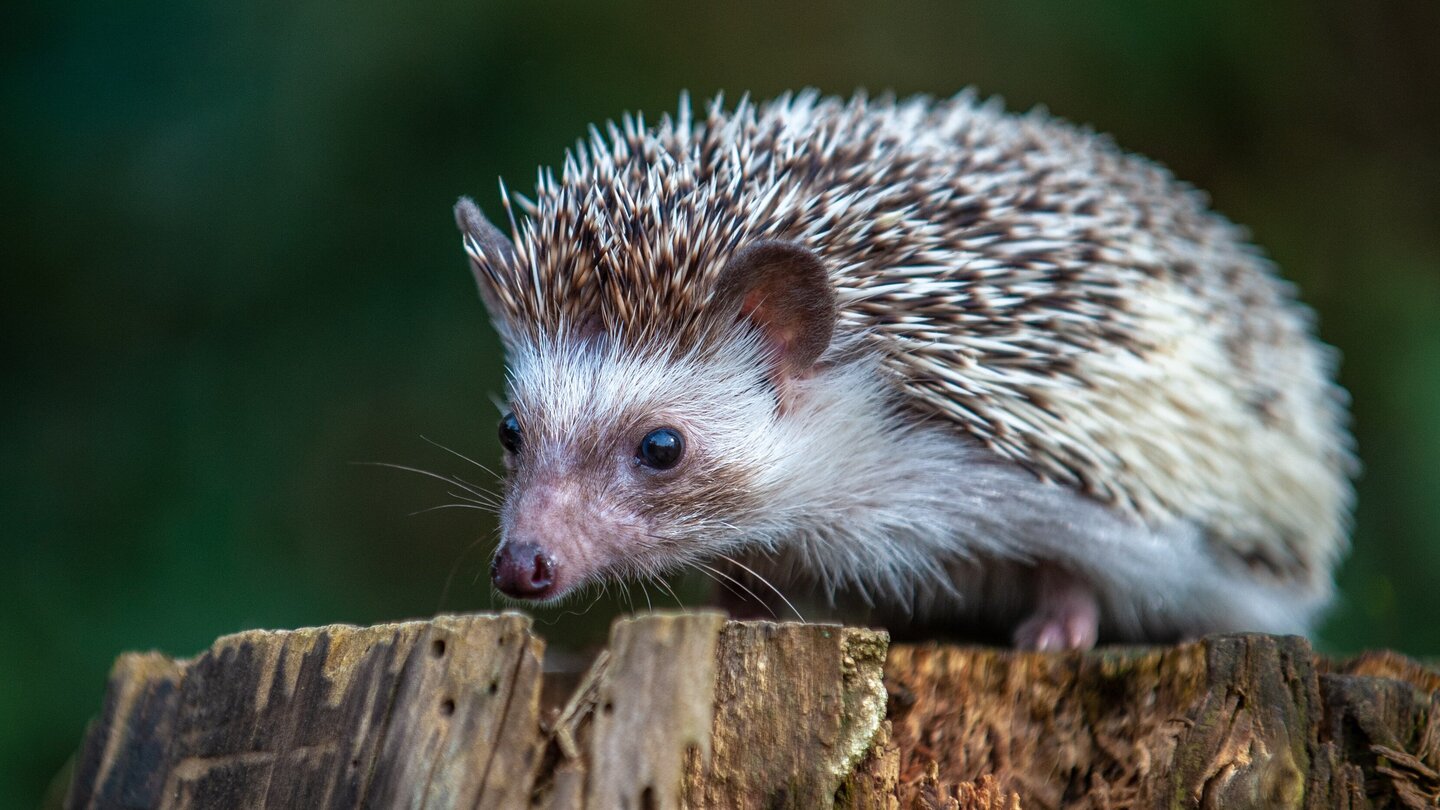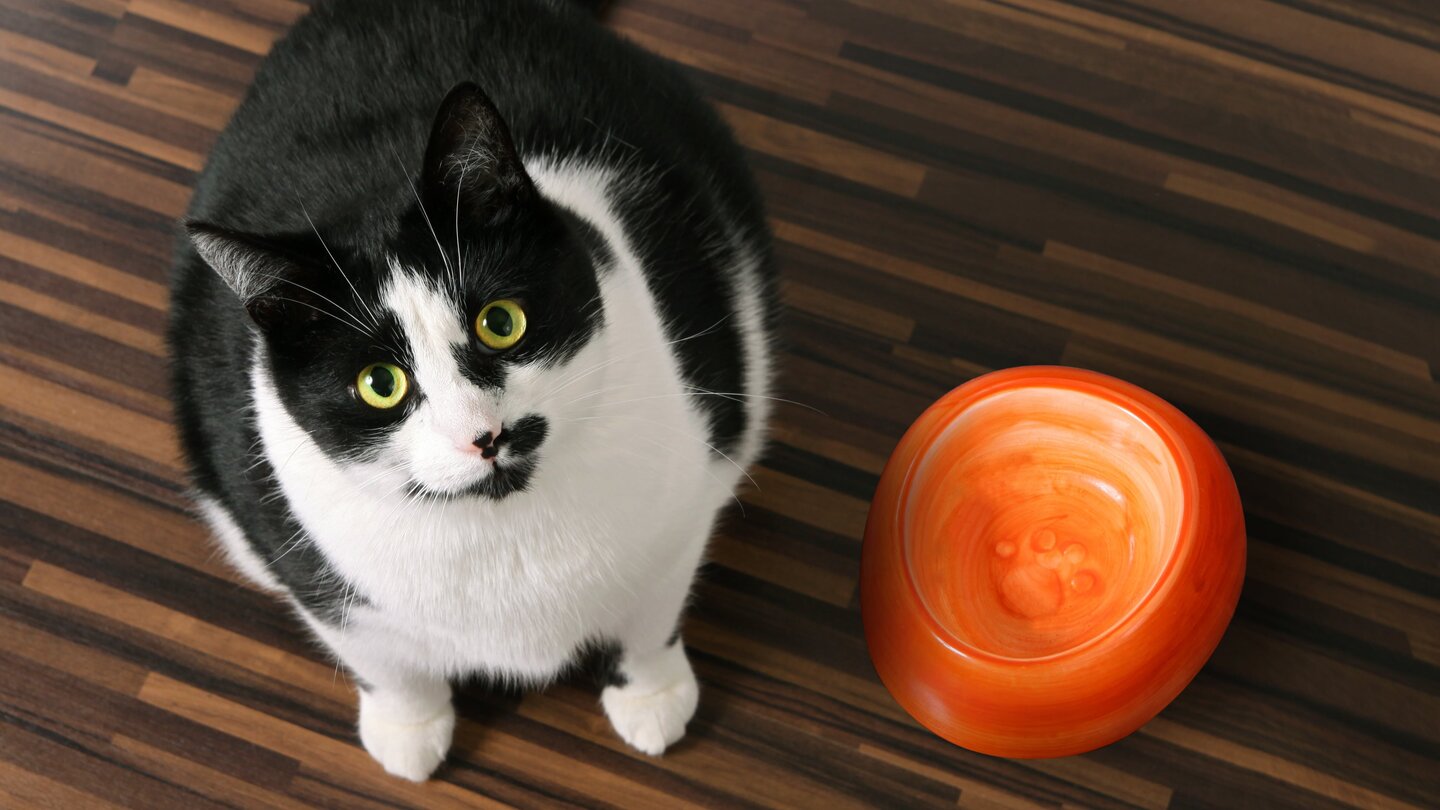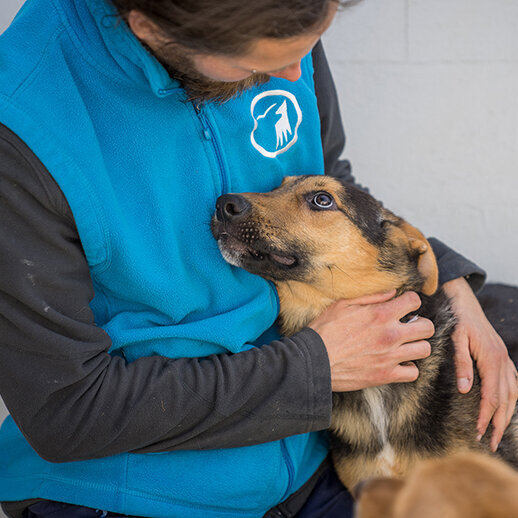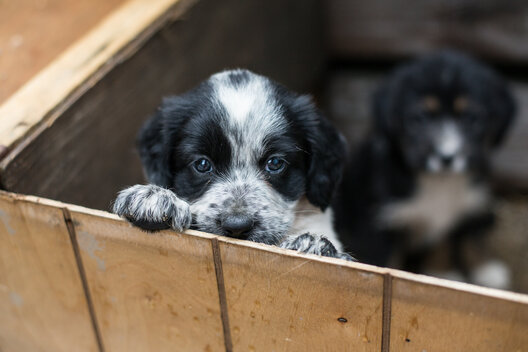Why funny animal videos can be problematicHow animals suffer on social media
Cute, emotional or funny: animals not only inspire people in real life, but also on social media - and generate millions of clicks. Cat videos in particular make us happy, but the popular content is not always harmless. The internet is full of videos and photos that violate animal welfare.
At first glance, supposedly funny animal videos on YouTube, TikTok, Instagram and the like simply seem amusing. They are overwhelmed with positive reactions and shared countless times. However, many do not realize that the content is actually about animal suffering.
Popular animal species on social media
Animal content is circulating on almost all social media platforms. In addition to cats, dogs and small pets such as hamsters, all kinds of other animals are also very popular on social networks. These include pigs, calves, chickens and wild animals such as hedgehogs, foxes and raccoons. Content featuring baby animals is particularly popular.
Uncritical portrayal of torture breeding
Pugs, French bulldogs and Scottish fold cats arevery popular and widespread on social networks. As a rule, the owners do not mention that the dogs and cats in question are extreme breeds and suffer from serious health problems due to the consequences of their bred characteristics. Followers can be encouraged by this uncritical presentation to also buy such an animal from breeders.
Short-headed dogs often suffer from skin, ear and eye problems as well as misaligned jaws and teeth. The majority also suffer from respiratory problems.
Behind the folded ears of Scottish Fold cats is a serious hereditary disease that changes the bone and cartilage tissue throughout the body, causing massive permanent pain.

Bad practice: staged animal rescues
Videos of animal rescues are extremely popular on social media - but not all of them are real. In some clips, people deliberately put animals in dangerous or even life-threatening situations in order to rescue them as spectacularly as possible. For example, animals are doused with hot tar, exposed to a constrictor attack or released into water even though they cannot swim. It is almost impossible for most users to distinguish between real and fake rescues. Only sometimes do the creators of these videos expose themselves by using animals or settings more than once or by the supposed rescuers appearing more often. It is always a cruel ordeal for the animals concerned to live through these painful situations.

ChecklistRecognize problematic animal videos
As videos on social media often only last a few seconds and many viewers are unable to read the body language and needs of the animals shown correctly, it is not always immediately obvious to laypeople whether an animal is suffering. As a result, users often watch and share content without realizing that it is problematic. Here are some criteria you can look out for
- Artificial or threatening situations: Animals should not be artificially staged or placed in threatening situations. It is best for owners to photograph or film their animals in everyday life without disturbing the normal daily routine of their pet.
- Stressed body language: In the videos and photos, animals should not have wide-open eyes or dilated pupils, avert their gaze or their entire body, lash out or make themselves small.
- Stressed behavior: If an animal flees, reacts aggressively or shows anxious, paused behavior, it feels uncomfortable.
- No information on torture breeding: Look closely at accounts that show animals with torture breeding traits. If the animal is presented without reflective information or criticism about torture breeding, you should not like, share or comment on the content in order not to support the algorithm of the post. The more attention such breeds receive, the easier it is to increase demand.
- Costumes, clothing, accessories: Animals should not wear costumes, other clothing or accessories, as this restricts their natural behavior.
- Wild animals are taboo: Wild animals such as the frequently shown four-toed hedgehog have no place on social media, as they do not belong in a pet environment and private owners cannot meet their needs.
What are petfluencers?
So-called petfluencers are animals with their own social media account who, like human influencers, have many followers due to their online presence. However, they can also be people who almost exclusively show content about their own pet on their account. Among other things, the owners publish sponsored posts in which they also advertise products and thus earn money. Successful accounts sometimes receive thousands of euros per post.
From an animal welfare perspective, we take a critical view of this trend, as the pressure to provide content that entertains the community can increase with growing reach. There is a risk that the welfare of the animal takes a back seat and it suffers from constantly posing for photos and videos or even being forced to do something. It's not uncommon for petfluencers to be torture breeders.

What you can do against content that violates animal welfare
Simply watching videos that violate animal welfare ensures that the content is distributed further. Liking, disliking, commenting - whether positive or negative - and sharing posts push the algorithm and ensure even more reach.
Do not support petfluencer accounts that obviously do not prioritize the welfare of animals.

Report questionable content or indicate that you no longer wish to see such content in order to alert the platforms to undesirable content.
Negative consequences for animal shelters
Due to the emotional appeal of viral videos, users may rashly acquire an animal, such as a dog or a cat with torture breeding characteristics. If they have not informed themselves in advance about the responsibility, the needs of the animal and potential costs, they may be overwhelmed and want to hand the animal over to an animal shelter. Animal shelters are already overcrowded and working at the limit.
Viral videos often show animals in particularly cute or unusual moments, which can raise unrealistic expectations among users. If the pets are not as perfect and entertaining as the animals in the videos or show behavioral problems, owners may be overwhelmed and want to hand the animals over to an animal shelter.
If certain animals receive a lot of attention through viral videos, less "media-effective" animals could be overlooked. This can lead to animals that also urgently need a home remaining in the shelter for longer.
Positive consequences for animal shelters
Animal rights activists and petfluencers can use their wide-reaching channels to draw attention to dogs, cats and other animals from shelters and show that they are just as lovable as all other animals.
Viral animal videos reach many people and can highlight problems and grievances or raise awareness of the needs of animals in shelters.
This is what the German Animal Welfare Federation demands
We are calling on the operators of social media platforms to take tougher action against content that violates animal welfare. Thanks to worldwide protests by animal rights activists, some of the major platforms such as Meta, TikTok and Snapchat now ban cruelty to animals via their community standards. However, they still do not consistently delete content that violates animal welfare. These supposed commitments to animal welfare are hardly convincing.










